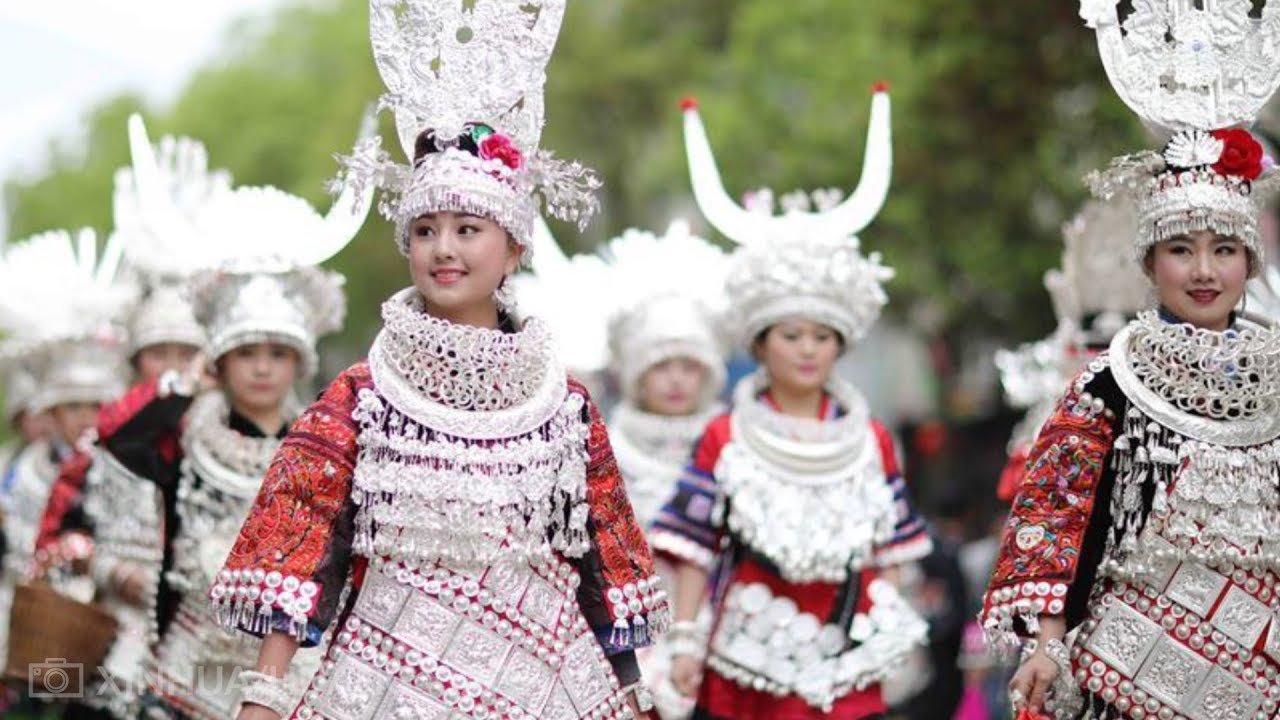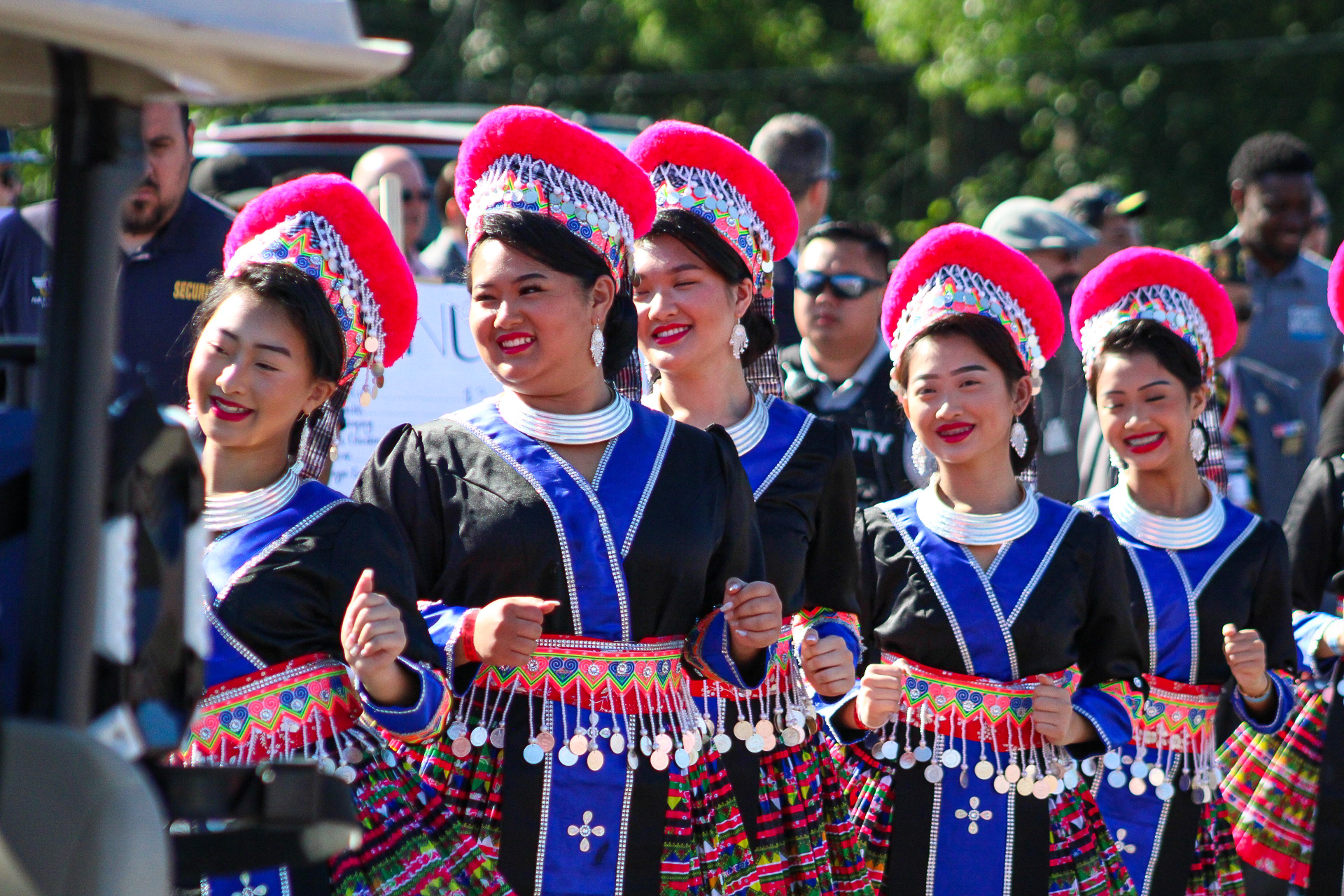Ethereal Threads of Tradition: Unveiling Hmong Women’s Costumes in Guizhou and Hunan, China
Embarking on a journey through the undulating terrains of Guizhou and Hunan provinces in China, we find ourselves enveloped by the vibrant and intricate tapestry of Hmong (Miao) women’s costumes. A spectacular mélange of color, craftsmanship, and cultural symbolism, the traditional attire of Hmong women is not merely a garment but a narrative woven with threads of history, identity, and social constructs.
1. A Spectrum of Colors and Symbols
A cascade of vivid colors and intricate embroideries, Hmong costumes serve as a visual symphony, reflecting the community’s rich cultural heritage and profound connection to nature. Each stitch tells a story, symbolizing aspects of daily life, natural elements, and mythical beliefs. The lush environments of Guizhou and Hunan are mirrored through motifs of plants, animals, and natural phenomena, intertwining the wearer with the sacred rhythms of the land.
2. Threads Across Generations
The art of creating traditional Hmong costumes is passed down through generations, serving as a tangible link between ancestors and the contemporary Hmong woman. Elderly women in the community, often seen as the custodians of tradition, immerse younger generations in the meticulous craftsmanship of sewing, dyeing, and embroidery, ensuring that the rich textile legacy thrives amidst the modernizing world.
3. Craftsmanship: Embroidery and Silver Jewelry
The mastery reflected in Hmong costumes can be seen in the detailed embroidery and elaborate silver jewelry that adorns them. The garments, often composed of dense, swirling patterns of embroidery, showcase various techniques, including cross-stitch and satin stitch, each carrying distinct symbolic meanings. Simultaneously, silver jewelry, believed to provide protection against evil spirits, adds not only aesthetic splendor but also spiritual significance to the attire.

4. Attire as Identity
For Hmong women, traditional costumes serve as an emblem of identity, narrating tales of lineage, marital status, and regional affiliations. The diversity within Hmong attire across different regions – particularly noticeable between locales in Guizhou and Hunan – signifies the multifaceted nature of Hmong identity, reflecting various sub-groups and dialects within the broader community.
5. Celebrations and Festivals
During festivals and special occasions, the dazzling array of Hmong costumes burst forth in a spectacular display. The Sisters’ Meal Festival in Guizhou, for instance, showcases a stunning array of traditional costumes, where young women, adorned in their exquisite, handcrafted garments and silver jewelry, celebrate love, kinship, and communal bonds through song and dance.
6. Modern Dynamics and Cultural Preservation
As modernization sweeps through the rural landscapes of China, the traditional practices and attire of the Hmong people face the threat of dilution and transformation. The younger generation, enticed by urban allure, often finds itself torn between the preservation of ancient sartorial practices and the convenience of contemporary living. Thus, initiatives aimed at preserving and revitalizing traditional Hmong textile arts are crucial in maintaining this rich cultural tapestry amidst the shifting sands of time.
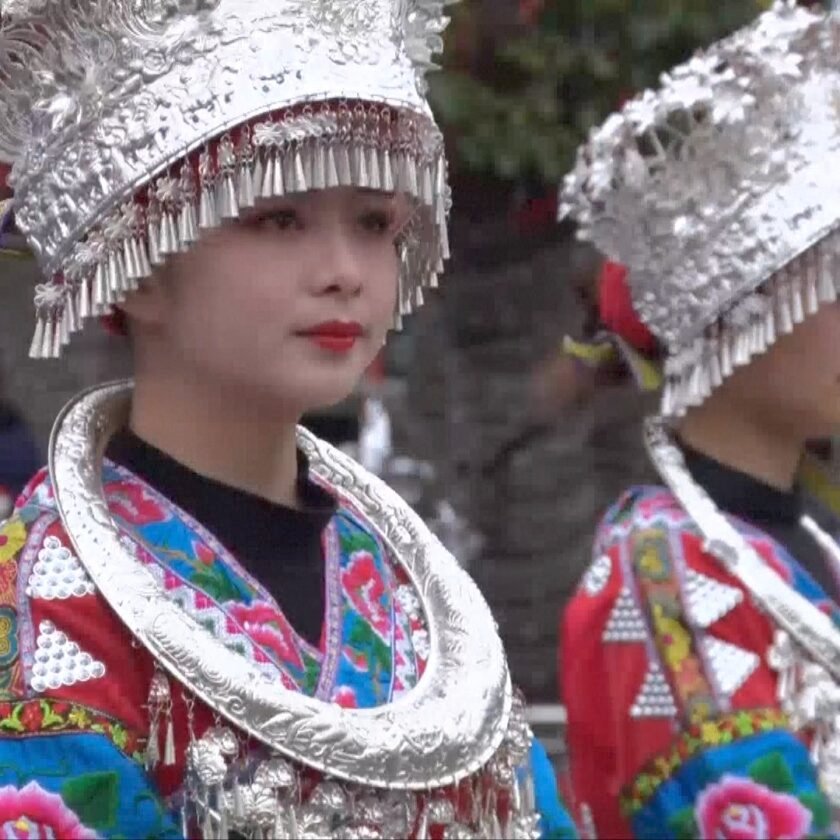
7. Beyond Borders: Global Recognition
Hmong costumes have transcended beyond their local realms, gaining appreciation on international platforms for their unique aesthetic and intricate craftsmanship. The global Hmong diaspora plays a pivotal role in this, serving as cultural ambassadors, introducing the mesmerizing world of Hmong textile artistry to a wider audience and establishing a bridge between local traditions and global appreciation.
Conclusion
The traditional costumes of Hmong women, with their vibrant colors, meticulous embroidery, and profound cultural symbolism, serve as a window into the rich and diverse world of the Hmong people in Guizhou and Hunan. As threads of tradition intertwine with contemporary dynamics, the ethereal beauty and profound cultural narratives embedded within these garments continue to captivate and bind the Hmong community, providing a tangible link to their past and a vibrant expression of their identity in the present and future.

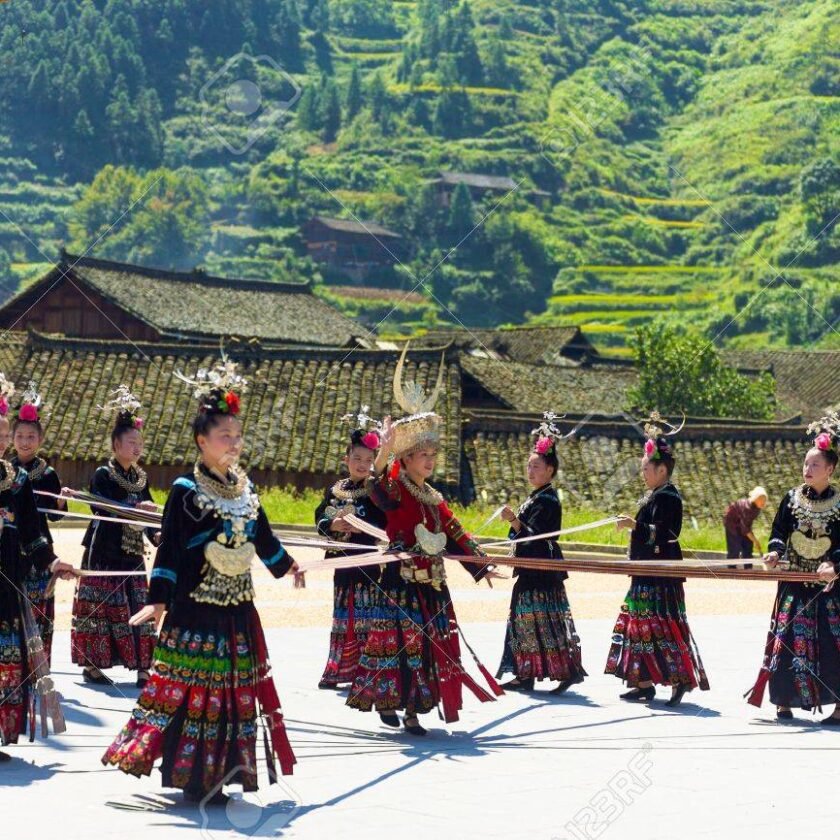
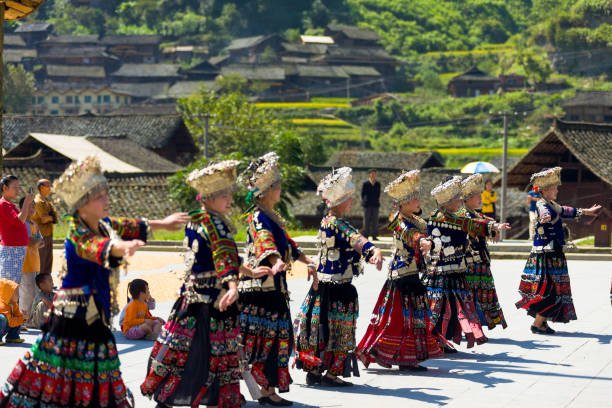
Note: Ensure to employ sensitivity and accuracy when discussing and presenting aspects of cultural practices and traditions. Always refer to the most reliable and updated sources to validate information.
#3Hmoob #Hmong #Hmoob

